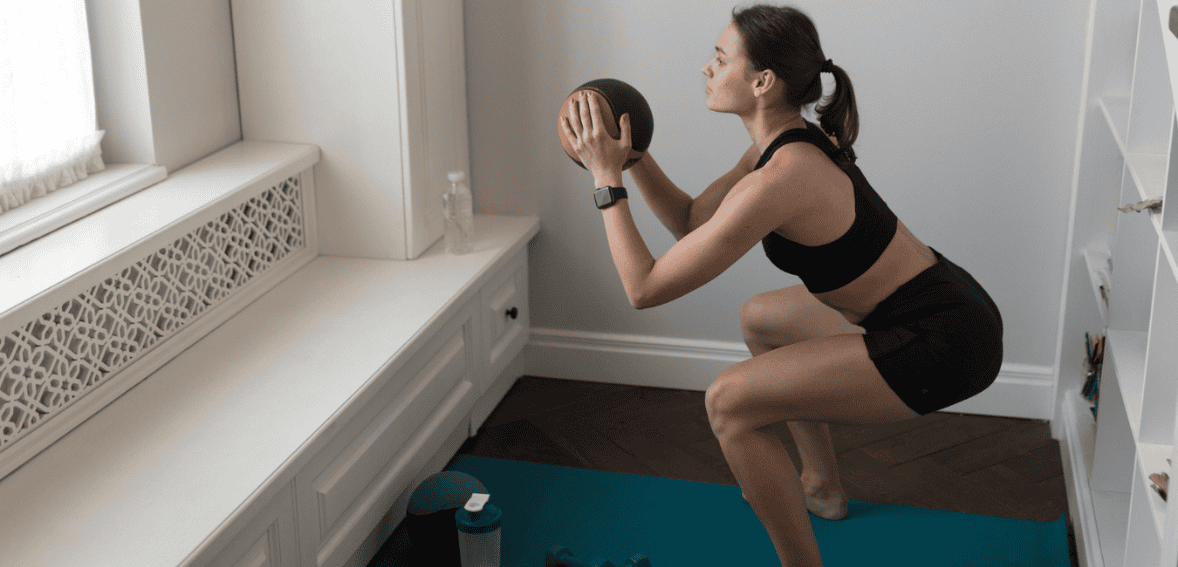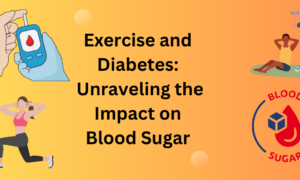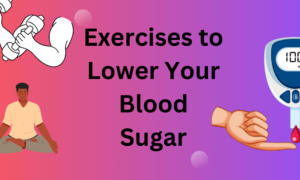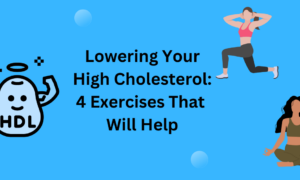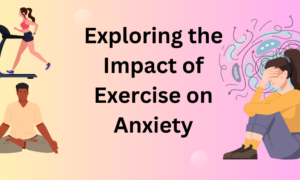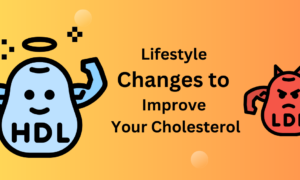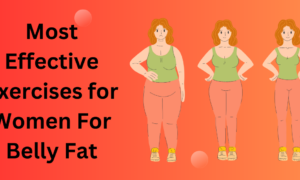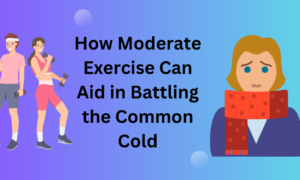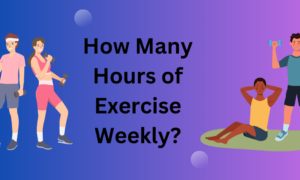Starting a fitness journey can be intimidating, especially when everything from boot camps to high-intensity interval training seems geared toward those already in shape. For many beginners, the idea of jumping, sprinting, or lifting heavy weights feels out of reach. But the good news is that low-impact training is transforming the way people experience exercise, especially those just starting out.
Low-impact training focuses on gentle, controlled movements that protect the joints while still offering effective cardiovascular, strength, and flexibility benefits. It’s not just a stepping stone but a legitimate fitness path in its own right.
Understanding Low-Impact Training
Low-impact training refers to exercises that reduce stress on joints while still engaging muscles and improving heart health. Unlike high-impact workouts that involve jumping or rapid directional changes, low-impact routines prioritize slow, steady movements. This includes activities like walking, swimming, cycling, Pilates, and yoga.
These workouts are increasingly being promoted as ideal for beginner-friendly fitness because they accommodate a wide range of abilities and body types. For someone who is new to exercise, recovering from injury, or simply looking for a sustainable fitness routine, low-impact training offers a safe and welcoming way to get started.
What makes low-impact training stand out is its emphasis on body awareness and injury prevention. Rather than pushing limits in the name of fast results, it encourages listening to your body, focusing on form, and building strength gradually.
Why Beginners Gravitate Toward Gentle Workout Plans
One of the biggest struggles for newbies is finding a routine that doesn’t overwhelm them. High intensity programs may be effective but come with a big learning curve and risk of injury. That’s where gentle programs shine.
These programs include exercises you know, like walking, modified bodyweight movements and light resistance training. The structure is approachable: simple warm ups, gradual progression and low reps. This removes the fear factor and allows newbies to focus on consistency.
Another key is the emotional safety net. Many newbies struggle with confidence especially when comparing themselves to others in a gym setting. Gentle routines reduce the pressure and promote self compassion. They remind you that fitness is not a competition but a personal journey. With positive reinforcement and visible progress newbies are more likely to stick to their program and evolve at their own pace.
The Shift in Fitness Culture Toward Inclusivity
Fitness culture is undergoing a major shift. For decades, the industry pushed extremes; six-pack abs, intense training, and “no pain, no gain” slogans. But more recently, there’s been a growing movement toward inclusivity, mindfulness, and functional wellness.
Low-impact training fits perfectly into this new wave. It supports beginner-friendly fitness by meeting people where they are instead of demanding instant transformation. More fitness professionals, influencers, and gyms are offering beginner tracks that emphasize movement quality, mental health, and long-term results.
The rise of social media has also played a role. Instead of only showcasing elite athletes, platforms now highlight real people making progress with gentle workout plans. This visibility helps newcomers feel represented and motivated to begin. Additionally, the wellness industry is recognizing that not every goal is aesthetic. Many people turn to intro to low-impact exercises for stress relief, better mobility, or simply the joy of movement. This broader definition of success makes low-impact training a more holistic and attractive option.
Key Components of a Beginner-Friendly Low-Impact Routine
A well-designed beginner routine typically includes a mix of low-impact cardio, strength, flexibility, and balance work. Each element plays a crucial role in creating a strong foundation without overwhelming the body. Low-impact cardio options such as walking, indoor cycling, or elliptical training elevate the heart rate gently while building endurance. These exercises are especially helpful for those who want to improve stamina without joint pain.
Strength training can include bodyweight exercises like wall sits, leg lifts, or resistance band workouts. Since beginners may lack muscle control or coordination, slow and deliberate movements ensure proper form and prevent injury. Flexibility and mobility exercises, often inspired by yoga or dynamic stretching, promote joint health and range of motion. Balance-focused activities like standing leg lifts or Tai Chi improve body awareness and stability. All these components work together to make intro to low-impact exercises a well-rounded and scalable option for beginners.
How Low-Impact Training Supports Mental Well-Being
Beyond the physical benefits, low-impact training also benefits mental and emotional health. Beginners often feel anxious, self-doubt or stressed when they enter the world of fitness. Gentle movement can be a calming introduction that builds strength and confidence. Many low-impact workouts incorporate mindfulness practices like focused breathing or intentional relaxation. This regulates the nervous system and reduces cortisol levels so exercise feels restorative not exhausting.
Regular gentle exercise also releases endorphins, the body’s natural mood boosters. This creates a positive feedback loop – people feel good after exercise so they want to do more. And finishing a session without pain or discomfort gives a sense of accomplishment. For beginners these small wins matter. They redefine what success looks like for them, not competition or comparison.
The Role of Trainers and Coaches in Low-Impact Fitness
Fitness professionals are key players in making low-impact training accessible and effective. When trainers approach beginners with empathy and patience, it sets the tone for a successful experience. Today’s best trainers don’t just hand out a beginner-friendly fitness plan and walk away. They explain each movement, modify exercises to suit individual needs, and check in regularly to track progress. Their role goes beyond physical training; it’s about creating a trusting and supportive environment.
More certification programs are also focusing on functional movement, trauma-informed training, and adaptive exercise. This equips coaches to better serve people with mobility challenges, chronic conditions, or emotional barriers to fitness.
Group classes are evolving as well. Instead of fast-paced formats, many studios now offer low-impact alternatives that cater to newcomers. Whether it’s a gentle yoga session or a beginner circuit training class, these programs build community without intimidation.
Low-Impact Training and Long-Term Adherence
One of the standout benefits of low-impact exercise is its sustainability. Many fitness programs fail because they demand too much too soon. In contrast, low-impact routines encourage consistency and gradual improvement.
People who start with intro to low-impact exercises often find that they can stick with the plan longer because it fits their lifestyle. Whether it’s a 20-minute walk after work or a short Pilates session at home, these routines are easy to maintain.
Low-impact training also reduces the likelihood of burnout. There’s no expectation to push past exhaustion or chase unrealistic milestones. Instead, it fosters a steady rhythm that allows the body to adapt and progress naturally. This approach is particularly valuable for beginners, who are still building exercise habits. By keeping things manageable and enjoyable, low-impact routines promote lasting behavior change.
Debunking Myths About Low-Impact Training
There’s a common misconception that low-impact training is less effective. Some believe that if you’re not sweating buckets or feeling sore the next day, you didn’t work hard enough. This mindset is outdated and overlooks the science of movement. Low-impact does not mean low intensity. With proper programming, these exercises can challenge the cardiovascular system, build strength, and burn calories efficiently. The key lies in execution; using controlled form, increased duration, or resistance to scale intensity.
Another myth is that low-impact training is only for older adults or those recovering from injury. While it certainly benefits those populations, it’s also a powerful tool for healthy individuals, athletes, and fitness enthusiasts who want to train smart.
By embracing gentle workout plans, beginners can see meaningful results without compromising joint health or motivation. The evidence is clear: sustainable fitness doesn’t have to be extreme to be effective.

How Technology Is Making Low-Impact Fitness More Accessible
Technology has been a big part of the low-impact fitness boom. With fitness apps, online platforms and virtual trainers, people can now get customized beginner friendly fitness plans from the comfort of their own homes. Apps have modifications, pacing options and instructional videos to make intro to low-impact exercises easy to follow. For those who are shy about going to a gym, this is a big win. They can try, get confident and build a habit in private.
Wearable devices also track progress without focusing on vanity metrics. Instead of calories burned, many trackers now track steps taken, heart rate variability or minutes of movement – all of which align with gentle routines. Technology has made it possible for more people to try gentle workout plans on their own terms and remove barriers to the fitness journey.
Real-Life Stories Driving the Movement
Every shift in fitness culture is powered by people. Across social media, blogs, and wellness communities, beginners are sharing their success stories with low-impact fitness. From new moms easing back into movement to people in their 60s beginning strength training for the first time, these stories show that intro to low-impact exercises truly works. The themes are similar: less pressure, more joy, fewer injuries, and lasting motivation.
Fitness instructors are also amplifying these voices by showcasing client transformations that highlight sustainability and self-care over aesthetics. This user-driven narrative has made low-impact training not only acceptable but aspirational. As more people feel seen and heard, the stigma around “easy” workouts continues to fade. What once felt like a compromise is now embraced as a smart, intentional choice.
Bringing Low-Impact Training to Every Corner
The beauty of low-impact exercise lies in its versatility. It can be done in a living room, at the park, in a studio, or even in a pool. This accessibility ensures that almost anyone, regardless of location or fitness level, can get started. Organizations and community programs are also recognizing its value. Many now offer free or subsidized classes focused on beginner-friendly fitness, helping to close the gap between interest and access.
Corporate wellness programs are shifting too, integrating gentle workout plans into employee offerings to reduce stress and support health in a sustainable way. With wider acceptance, low-impact training is no longer niche. It’s a foundational approach that has earned its place in mainstream fitness and continues to inspire people to start; and stick with; their wellness goals.
How Low-Impact Training Helps in Weight Management
Most people start their fitness journey with weight loss in mind and assume only high intensity workouts will deliver results. But low impact training can play a big role in weight management especially when combined with consistency and healthy habits.
Gentle exercises like brisk walking, water aerobics or stationary cycling may not burn calories as fast as sprinting or HIIT but are easier to sustain. When beginners stick to a routine the accumulated effort over weeks and months is powerful. This long term adherence often leads to better weight control than sporadic high intensity programs that people give up due to burnout.
Low impact workouts also reduce stress on the body which means less inflammation and better hormonal balance – both of which affect metabolism. Paired with healthy eating and regular movement these routines help regulate energy levels and appetite.
Plus gentle workout plans are more accessible to people who may have physical limitations or are recovering from a sedentary lifestyle. They allow for fat loss without risking injury or overexertion. By lowering the barrier to entry low impact routines make it easier for people to create lasting change and reach their goals at a healthy pace.
Why Low-Impact Training Is Ideal for All Ages
One of the biggest strengths of low-impact training is that it works for people of every age group. Whether someone is in their teens, middle-aged, or in their senior years, gentle movement offers scalable benefits without stressing the body.
For young adults and beginners, low-impact routines provide a solid foundation. They help build body awareness, teach proper form, and prevent injuries that could derail long-term fitness. For older adults, these exercises promote joint health, balance, and flexibility; factors that reduce the risk of falls and support independent living.
As people age, the body’s recovery capacity decreases. Intro to low-impact exercises considers this by focusing on slower, controlled movements that are easy to modify. Whether it’s a seated yoga session or a slow-paced swim, each activity can be tailored to match a person’s comfort and mobility.
Families can even train together using these routines, creating a shared approach to wellness. Grandparents, parents, and kids can all benefit from activities like nature walks, beginner Pilates, or dancing at home. By encouraging multi-generational participation, gentle workout plans strengthen both physical health and emotional connection, making fitness a lifelong habit instead of a phase.
Conclusion: A Fitness Future Built on Sustainability
Low-impact training redefines fitness by showing that strength can come without struggle. It offers safe, accessible, and motivating workouts ideal for beginners. This approach emphasizes feeling good, building consistency, and supporting long-term growth. It’s not a lesser option but a smart, sustainable path focused on health and wellbeing over intensity.

